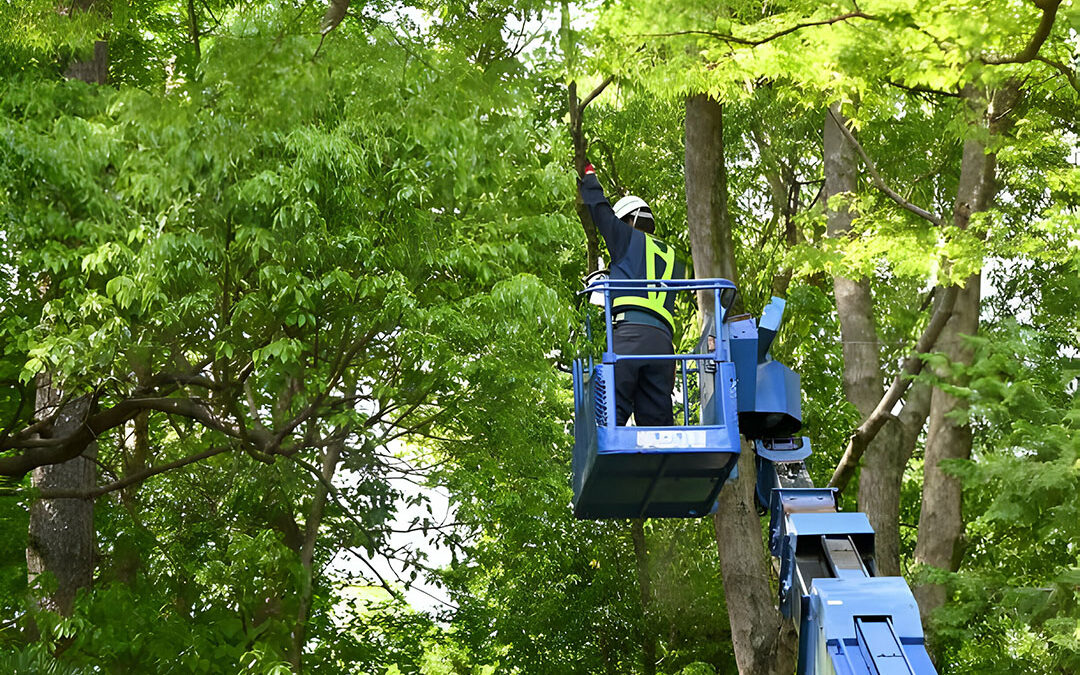You may deal with common tree diseases if you notice brown spots on your maple tree’s leaves or strange growths on its branches. Understanding how to identify and treat these ailments can help you maintain the health and beauty of your trees. By learning to recognize the signs of diseases like powdery mildew or root rot early on, you can take proactive steps to address them effectively. Proper treatment methods, such as pruning infected branches or using fungicides, can help prevent the spread of diseases and promote your tree’s overall well-being. Stay vigilant and informed to keep your trees thriving for years to come.
Identifying Common Tree Diseases
Observe the leaves for discoloration, spots, or unusual growths to identify common tree diseases. Discoloration, such as yellowing or browning of the leaves, could indicate a nutrient deficiency or a fungal infection. Keep an eye out for any spots on the leaves, as they may be a sign of diseases like leaf spot or anthracnose. Additionally, unusual growth patterns, like deformed leaves or stunted growth, could signal the presence of a more serious issue.
In addition to leaf symptoms, inspect the tree bark for lesions, cracks, or oozing sap. These can be indicators of diseases such as canker or bacterial infection. Pay attention to changes in the tree’s overall appearance, such as wilting branches or premature leaf drop. These signs could indicate diseases affecting the tree’s vascular system or root health.
Treating Tree Ailments Effectively
When addressing tree ailments effectively, start by assessing the severity of the issue. Inspect the affected tree carefully to determine the extent of the disease or damage. Consider factors such as the disease type, the affected area’s size, and the tree’s overall health. Once you have evaluated the situation, you can determine the best action to treat the tree.
For minor issues like small infections or localized damage, pruning affected branches or removing diseased areas may be sufficient. Be sure to sterilize your tools between cuts to prevent the disease from spreading further. Applying appropriate fungicides or pesticides can also help control certain tree diseases, but follow instructions carefully.
In more severe cases where a large portion of the tree is affected, or the disease has spread extensively, consulting with a professional arborist may be necessary. They can provide expert advice on the best treatment options, including specialized treatments or potential tree removal if the situation warrants it. Remember, early detection and prompt treatment are essential to effectively managing tree ailments and preserving the health of your trees.
Ensuring Tree Health and Vitality
Ensuring the health and vitality of your trees is crucial for their long-term survival and resilience against common diseases. Start by providing adequate water, sunlight, and nutrients to support your trees’ growth. Regularly check for signs of pests, diseases, or stress and promptly address any issues. Pruning your trees to remove dead or diseased branches can help improve air circulation and reduce the risk of infections. Mulching around the base of your trees can regulate soil temperature, retain moisture, and prevent weed growth, promoting overall tree health. Monitor the soil pH levels and make adjustments to ensure optimal nutrient absorption. Consider consulting a certified arborist for professional advice on maintaining your trees’ health. By implementing these practices and staying proactive in caring for your trees, you can help them stay healthy and vibrant for years.

